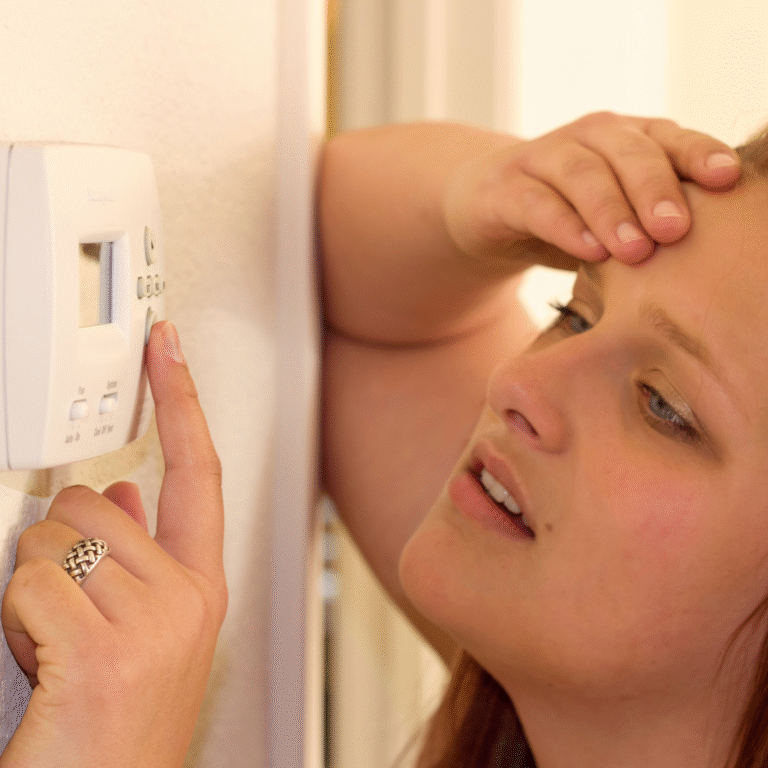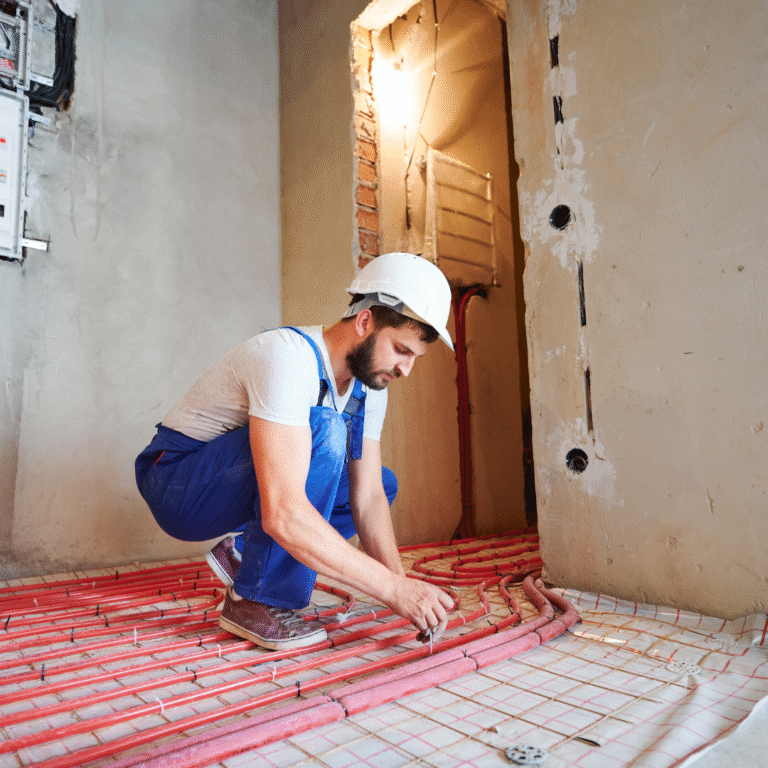You plug in your phone charger, lamp, or appliance—nothing happens. If you’ve got outlets not working in your home, it’s frustrating, but not always a reason to panic. In many cases, the issue is something minor that can be diagnosed (and sometimes fixed) without needing to call an electrician.
Before you assume the worst, here’s a checklist of common causes and quick solutions to try when your outlets are not working—plus a look at when it’s time to bring in a professional.
1. Check for a Tripped Breaker
The most common reason for outlets not working is a tripped breaker. Your home’s electrical panel is designed to shut off power to a circuit when it detects an overload.
What to Do:
- Head to your breaker panel
- Look for a switch that’s between ON and OFF or fully OFF
- Flip it all the way OFF, then back ON
- Test the outlet again
If it continues to trip, that’s a sign of a deeper issue like an overloaded circuit or a short.
2. Look for a GFCI Outlet Reset
GFCI outlets (Ground Fault Circuit Interrupters) are found in kitchens, bathrooms, basements, garages, and outdoors. When they detect even a small electrical imbalance, they shut off power to prevent shock.
What to Do:
- Look for a nearby outlet with “TEST” and “RESET” buttons
- Press the RESET button
- If the outlet clicks and power is restored, you’re good to go
- If it won’t reset, the GFCI itself may be faulty or there could be a ground fault that needs attention
Sometimes, one GFCI outlet controls several others, so check surrounding outlets even if the dead one isn’t a GFCI.
3. Test the Outlet With Another Device
Sometimes the problem isn’t the outlet—it’s the device.
What to Do:
- Plug a different working device into the outlet
- Try the same device in another known-working outlet
- This helps rule out whether it’s the outlet or the appliance that’s faulty
4. Check for Loose or Damaged Wiring
If an outlet is loose, cracked, or discolored—or if it sparks or smells burnt—you may be dealing with damaged wiring or an overloaded connection. This is a serious safety concern.
What to Do:
- Don’t use the outlet
- Turn off the circuit at the breaker
- Contact a licensed electrician right away
Outlets not working due to wiring issues can pose a fire hazard and should be addressed professionally.
5. Are All Outlets in One Room Out?
If multiple outlets in the same room have stopped working, chances are they’re all on the same circuit. This could point to:
- A tripped breaker
- A failed GFCI upstream
- A loose connection behind one of the outlets
Diagnosing which outlet is the culprit is tricky and often requires an electrician to safely test the connections.
When to Call the Pros
If you’ve gone through all the steps above and your outlets are still not working, it’s time to bring in the experts. At Pro Service Mechanical, our licensed electricians can quickly identify the issue and ensure your home’s electrical system is safe and functioning properly.
We handle everything from faulty outlets and rewiring to full panel upgrades—no job is too small or too complex.
Don’t Ignore the Warning Signs
A dead outlet might seem like a small issue, but it can be a sign of underlying electrical problems that could lead to bigger hazards if left unchecked. If your outlets are not working, take action—whether it’s a simple reset or a professional repair.
Still struggling with outlets not working in your home? Contact Pro Service Mechanical for fast, affordable, and reliable electrical service you can trust.




